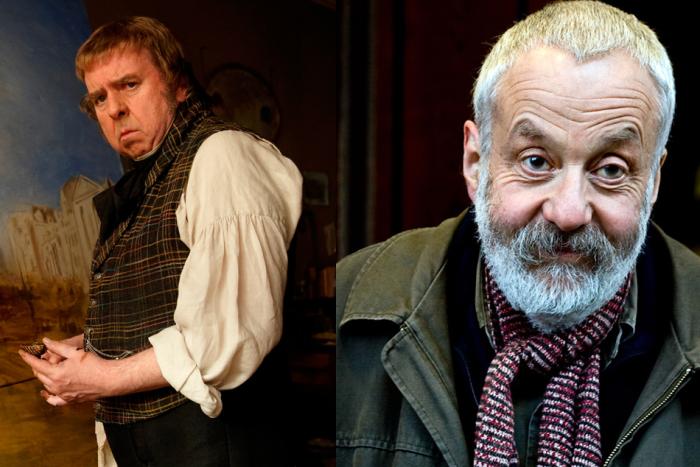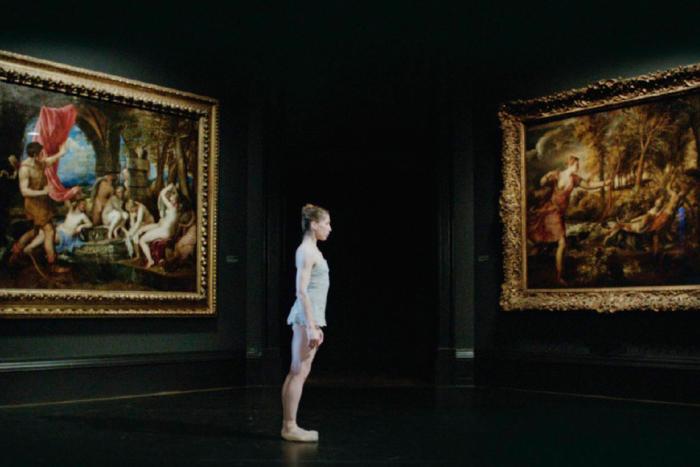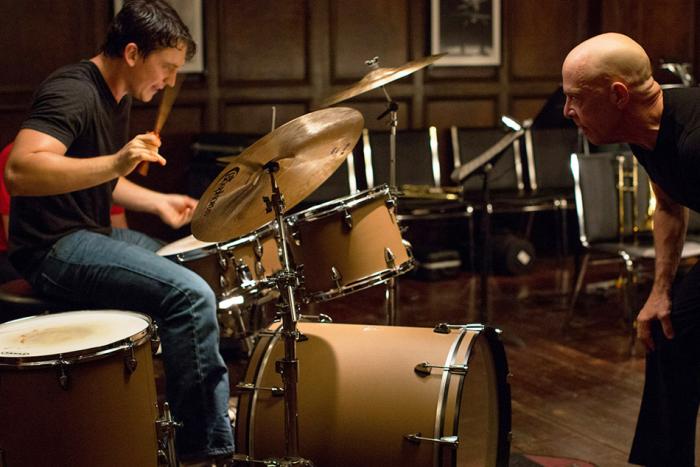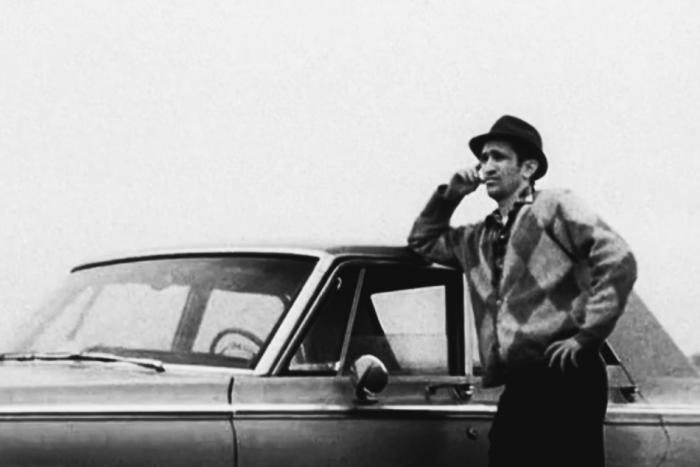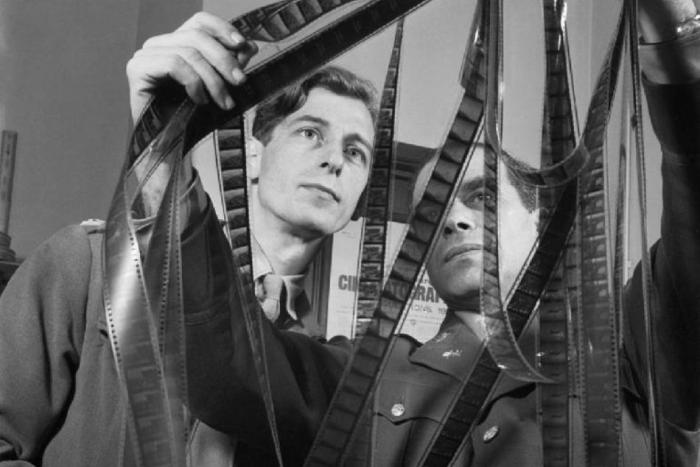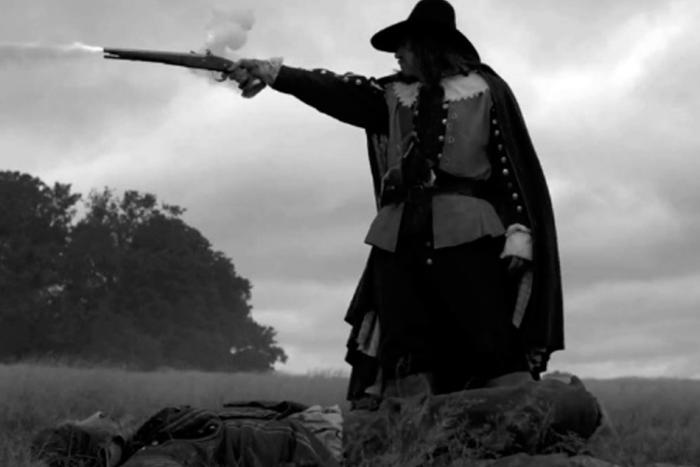The acclaimed (and playfully salty) filmmaker on the evolution of style, shooting in digital, and the limits and joys of making period pieces.
Film
The Latest
The National Gallery filmmaker talks about cultural elitism, film vs. digital, and the challenges of bringing artwork to life on screen.
Two new films, Whiplash and Adult Beginners, make the same point: that real happiness means abandoning the obsessiveness required for greatness. Only one of them thinks this is a bad thing.
The Maze Runner depicts a world without adults: a giant maze beset by giant monsters. Is it a utopia?
From the rat’s nest of a Lower East Side studio of Stranger Than Paradise to the ... rat’s-nest of a crumbling Detroit mansion of Only Lovers Left Alive, Jarmusch’s work always feels vaguely familiar—and yet, not quite like anything else.
As a full retrospective of Jarman’s films opens this week in Toronto, we look at the director’s approach to queer filmmaking, which often meant more than simply telling queer stories—it meant responding, sometimes in hostile fashion, to a suffocating status quo.
Since the 1970s, stoners from all walks of life have been laughing hysterically at what seemed like the worst ever in earnest anti-drug propaganda. But the history of exploitation cinema shows that the film might never have been so earnest to begin with.
During WWII, five of Hollywood's most successful directors donated their careers to the war effort. Mark Harris's Five Came Back explains how they made art out of propaganda and refined their voices, shaping mainstream cinema in the years to come.
Lars von Trier’s new film is as provocative as it promised to be and as cruel as one would expect. Even still, we give him the benefit of the doubt that he made it for reasons other than tormenting and offending.
Pagination
- Previous page
- Page 5
- Next page

